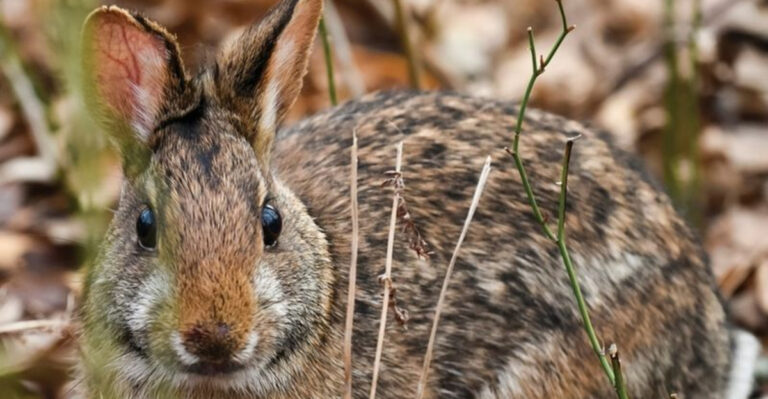Understanding The Differences Between Flying Ants And Termites This Summer
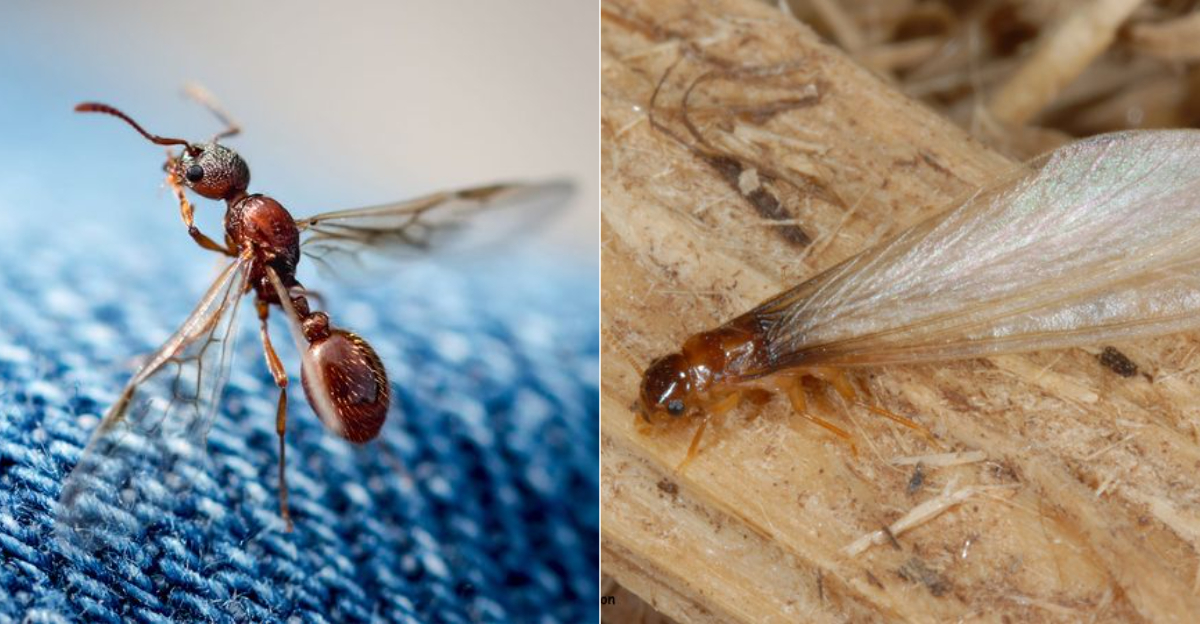
Ever spotted tiny winged creatures buzzing around your home and wondered if you should panic? Summer brings swarms of flying insects that might be harmless ants or destructive termites.
Telling them apart can save you thousands in home repairs and unnecessary exterminator bills.
Let’s explore the key differences to help you become a backyard bug detective.
1. Wings Tell Tales
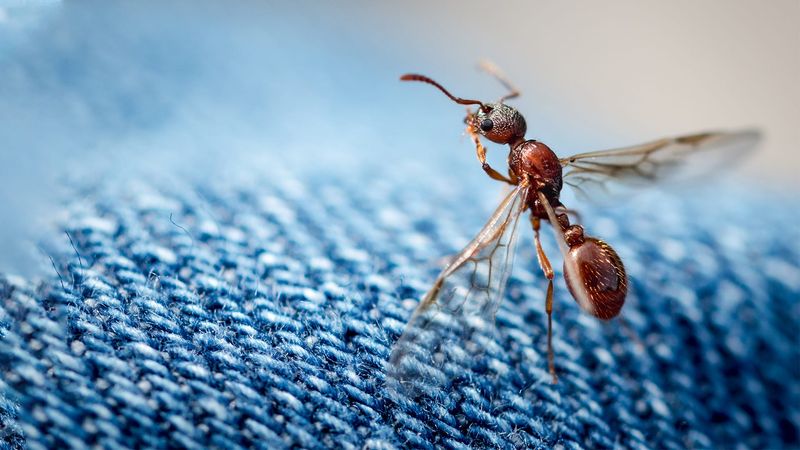
Peek at those transparent flyers! Termite wings are uniform in size and much longer than their bodies, often twice the length. Ant wings, however, show a distinct size difference.
The front pair stretches longer than the back pair, creating an uneven silhouette when they rest. This wing inequality is your first clue when identifying these summer visitors.
2. Waistline Wonders
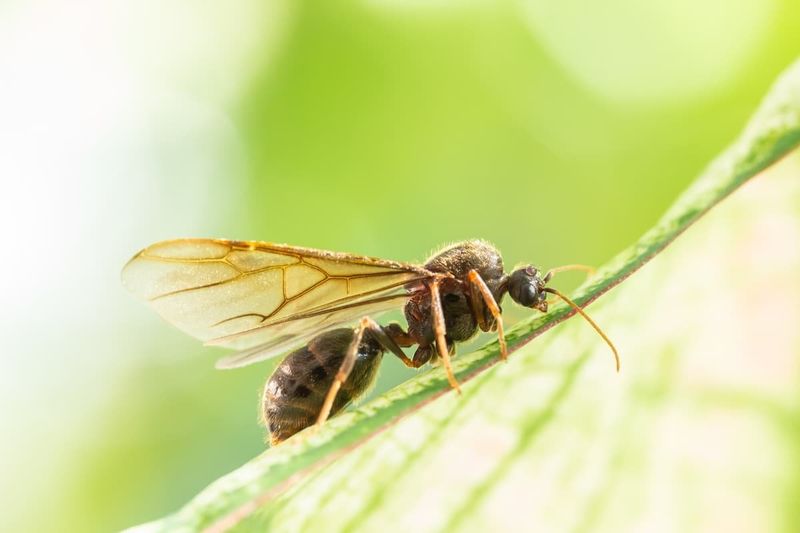
Hourglass figures aren’t just for fashion magazines! Ants sport distinctly pinched waists between their thorax and abdomen, giving them that classic ant silhouette we all recognize.
Termites keep it straight and boxy with barely any constriction, resembling tiny cigars with legs. This body shape difference remains one of the easiest ways to distinguish between these insects.
3. Antenna Angles
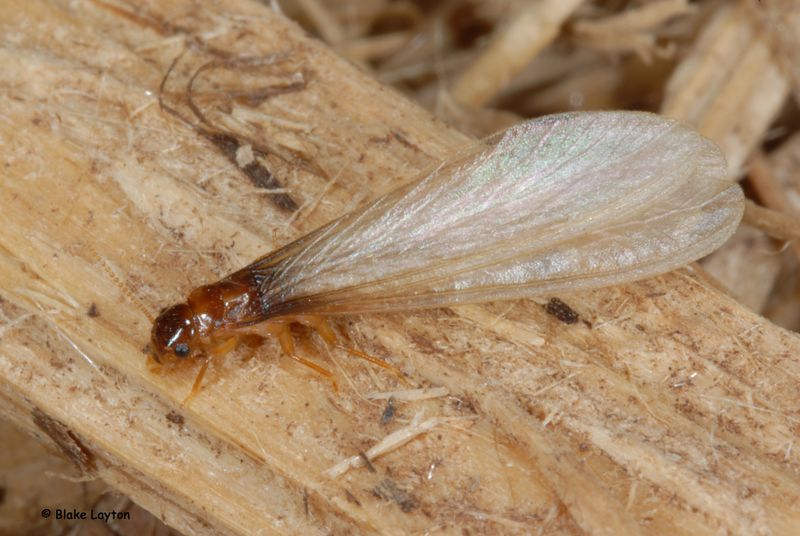
Bent out of shape in the best way! Flying ants have elbowed antennae that make a distinct angle, like tiny arms permanently flexed at the bicep.
Termite antennae stay straight like little beads on a string, extending forward without any dramatic bends. Next time you spot a winged visitor, check those feelers before jumping to conclusions.
4. Color Codes
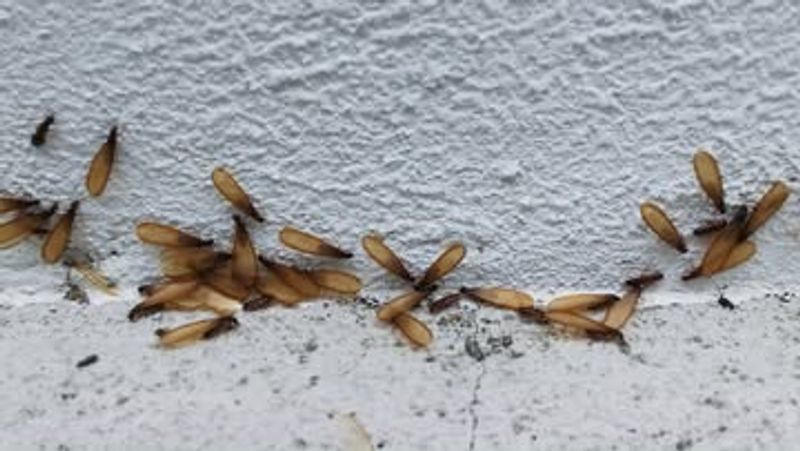
Nature’s paint job provides another clue! Flying ants typically display darker, richer colors ranging from deep browns to black, sometimes with reddish tints depending on the species.
Termites prefer the lighter end of the spectrum, sporting pale cream to light brown bodies. Their lighter coloration often gives them a somewhat translucent appearance, especially when newly emerged.
5. Swarming Season Secrets
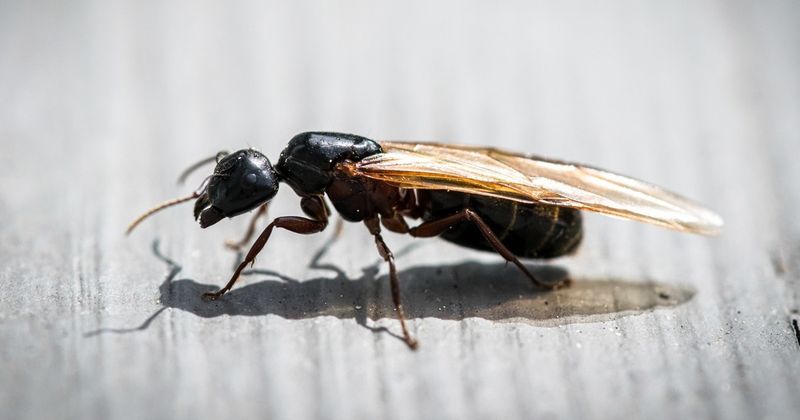
Timing reveals identity! Termites typically swarm on warm spring days after rainfall, with the entire colony seemingly erupting at once.
Flying ants show less weather preference, often appearing throughout summer months during both wet and dry conditions. While both insects swarm, their scheduling preferences can help you determine which winged visitors have arrived at your doorstep.
6. Lifestyle Choices
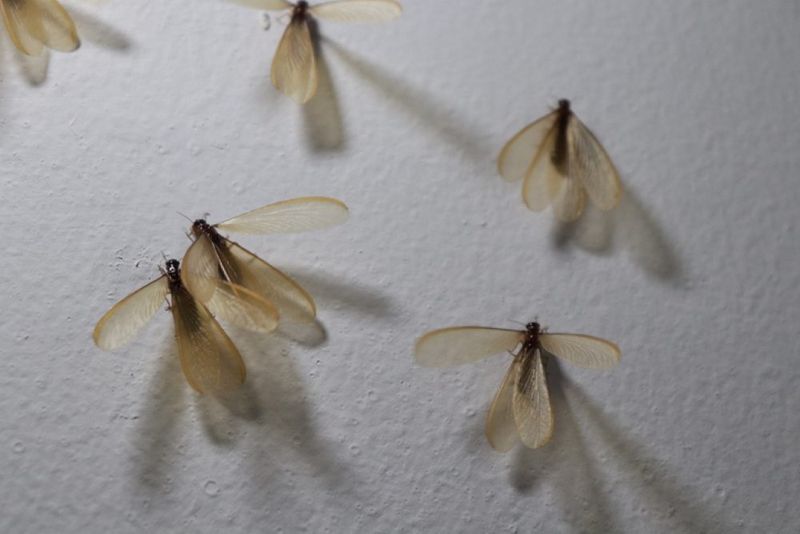
Home sweet home reveals all! Termites live secretly inside wood, creating elaborate tunnels while consuming your house from within. You’ll rarely spot them unless they’re swarming.
Flying ants maintain visible nests and forage openly. Their colonies exist in plain sight, often in soil or small wood cavities, without causing structural damage. These different living arrangements reflect their fundamentally different relationships with humans.
7. Dining Preferences
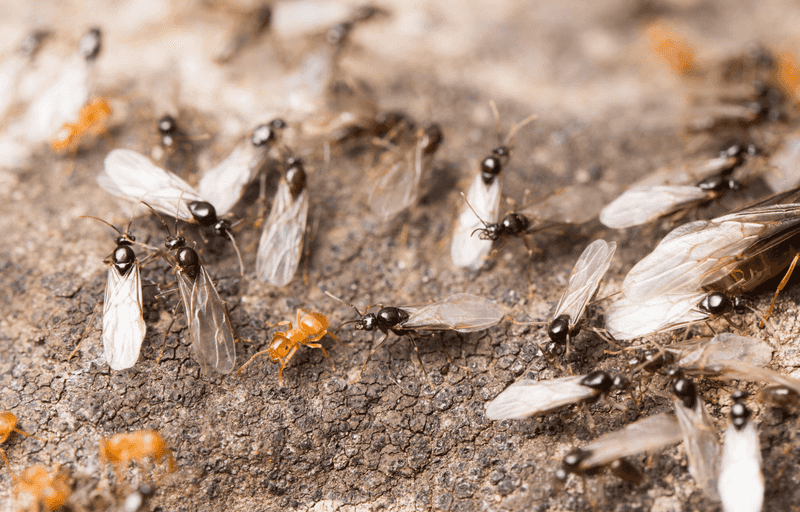
Dinner menus differ dramatically! Termites feast exclusively on cellulose-rich materials like wood, paper, and cardboard – essentially eating your home’s structure for every meal.
Flying ants prefer a varied diet including sugars, proteins, and other insects. While carpenter ants may damage wood by excavating nests, they don’t actually eat it. This dietary difference makes termites significantly more destructive to homes.
8. Wing Durability Differences
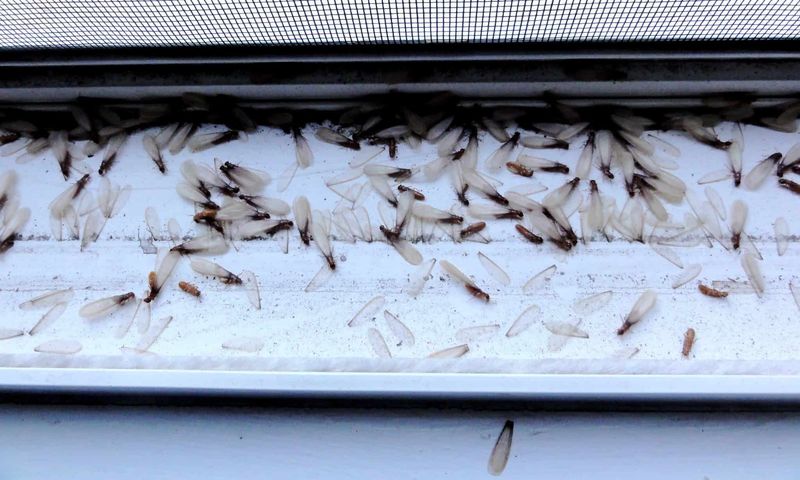
Snap, crackle, pop! Termite wings break off easily after their nuptial flights, often found scattered near windowsills or light fixtures like delicate transparent confetti.
Ant wings show greater staying power, remaining attached much longer after their mating flights. Finding discarded wings around your home often signals termites have arrived and begun establishing new colonies – time to investigate further!
9. Flight Pattern Peculiarities
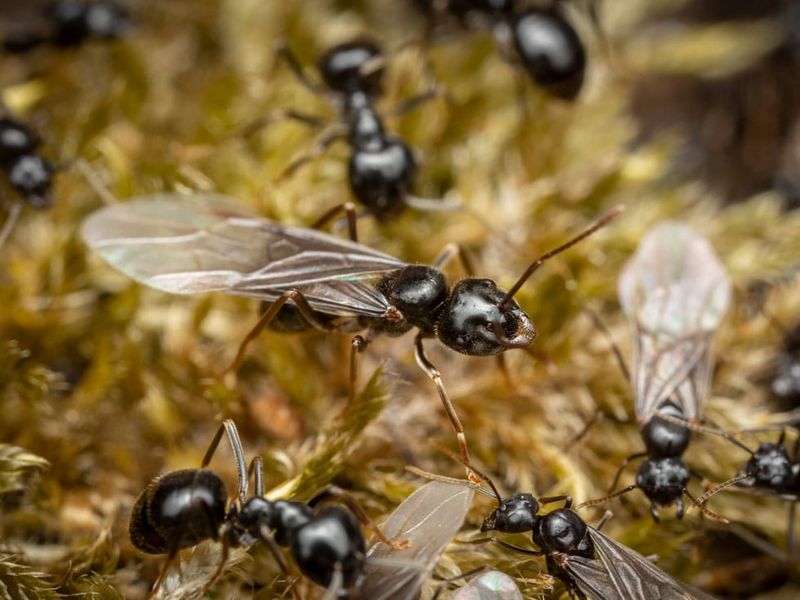
Graceful versus clumsy reveals identity! Flying ants demonstrate coordinated, purposeful flight patterns, maintaining relatively straight paths toward their destinations.
Termites flutter awkwardly, with erratic movements resembling falling leaves more than determined travelers. Their wobbly, unsteady flight looks almost drunken compared to the more controlled movement of flying ants. Watch their aerial performance for identification clues.
10. Social Structure Specifics
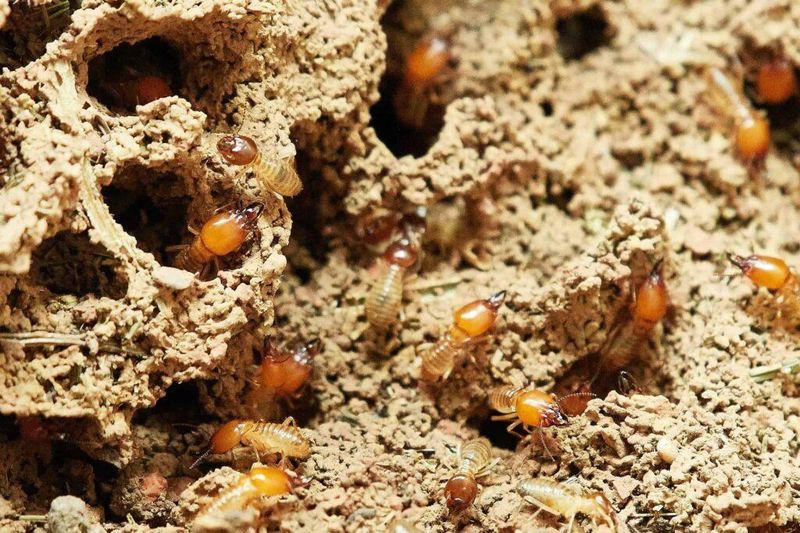
Royal families operate differently! Termite colonies feature a king and queen who mate for life, producing eggs continuously for years while being tended by workers.
Ant colonies center around a single queen who mates once, storing sperm for her lifetime. Only female ants typically perform colony work, unlike termites where both males and females serve as workers. These social differences influence their colony development and behavior.
11. Damage Detection Clues
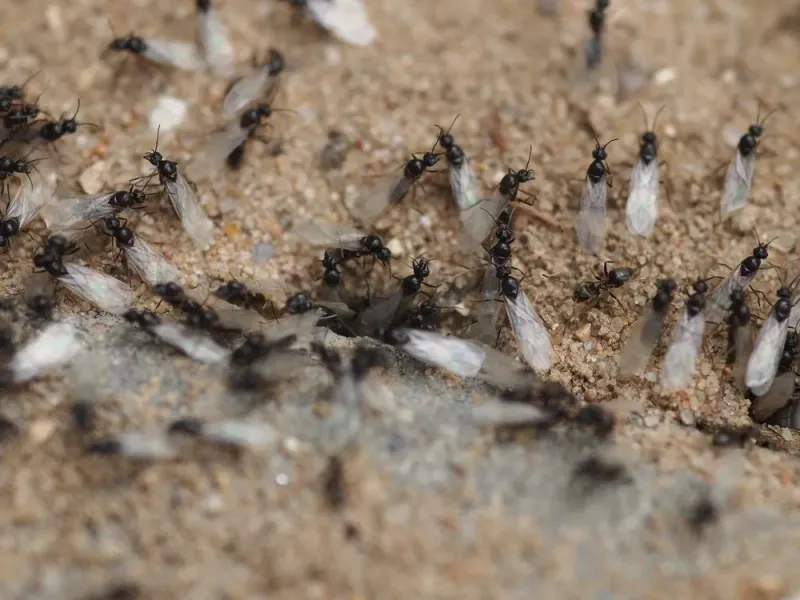
Warning signs speak volumes! Termite evidence includes mud tubes along foundations, hollow-sounding wood, and tight-fitting doors from warped frames.
Flying ant presence typically shows through small piles of wood shavings (not sawdust), visible nest entrances, and occasional winged individuals. Termite damage remains hidden until extensive, while ant activity is generally more visible from the start.
12. Response To Light
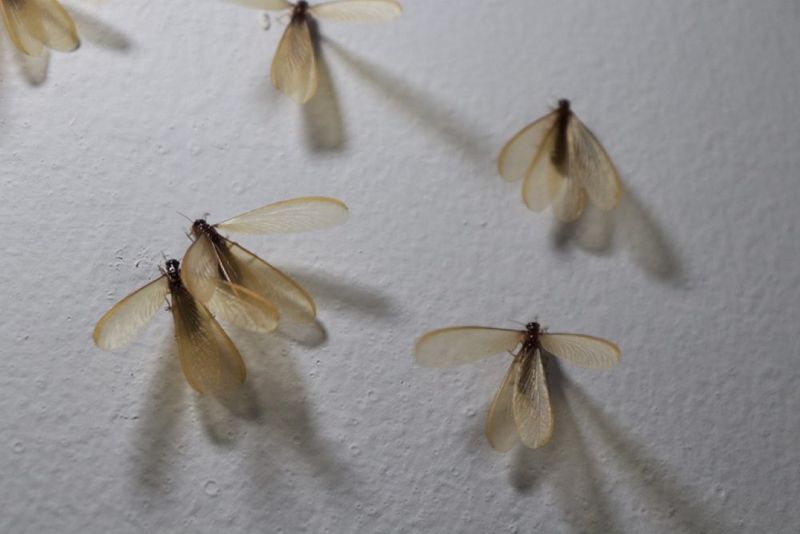
Flashlight test reveals all! Termites actively avoid light, scurrying away when exposed – a behavior that helps them stay hidden inside wood where they feed.
Flying ants show little aversion to light and may even be attracted to it. This simple behavioral difference provides an easy test: shine a light on suspicious insects and watch their reaction. Light-avoiding behavior strongly suggests you’re dealing with termites.



